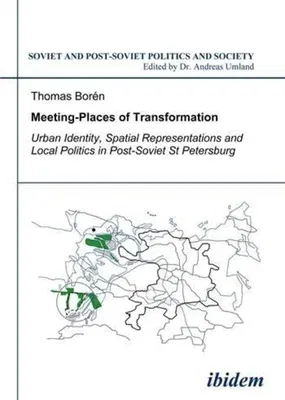Thomas Borén
(Author)Meeting Places of Transformation: Urban Identity, Spatial Representations, and Local Politics in St. Petersburg, RussiaPaperback, 1 April 2009

Qty
1
Turbo
Ships in 2 - 3 days
In Stock
Free Delivery
Cash on Delivery
15 Days
Free Returns
Secure Checkout

Part of Series
Soviet and Post-Soviet Politics and Society
Print Length
296 pages
Language
English
Publisher
Ibidem Press
Date Published
1 Apr 2009
ISBN-10
3898217396
ISBN-13
9783898217392
Description
Product Details
Author:
Book Format:
Paperback
Country of Origin:
US
Date Published:
1 April 2009
Dimensions:
21.01 x
14.81 x
1.57 cm
ISBN-10:
3898217396
ISBN-13:
9783898217392
Language:
English
Location:
New York
Pages:
296
Publisher:
Weight:
353.8 gm